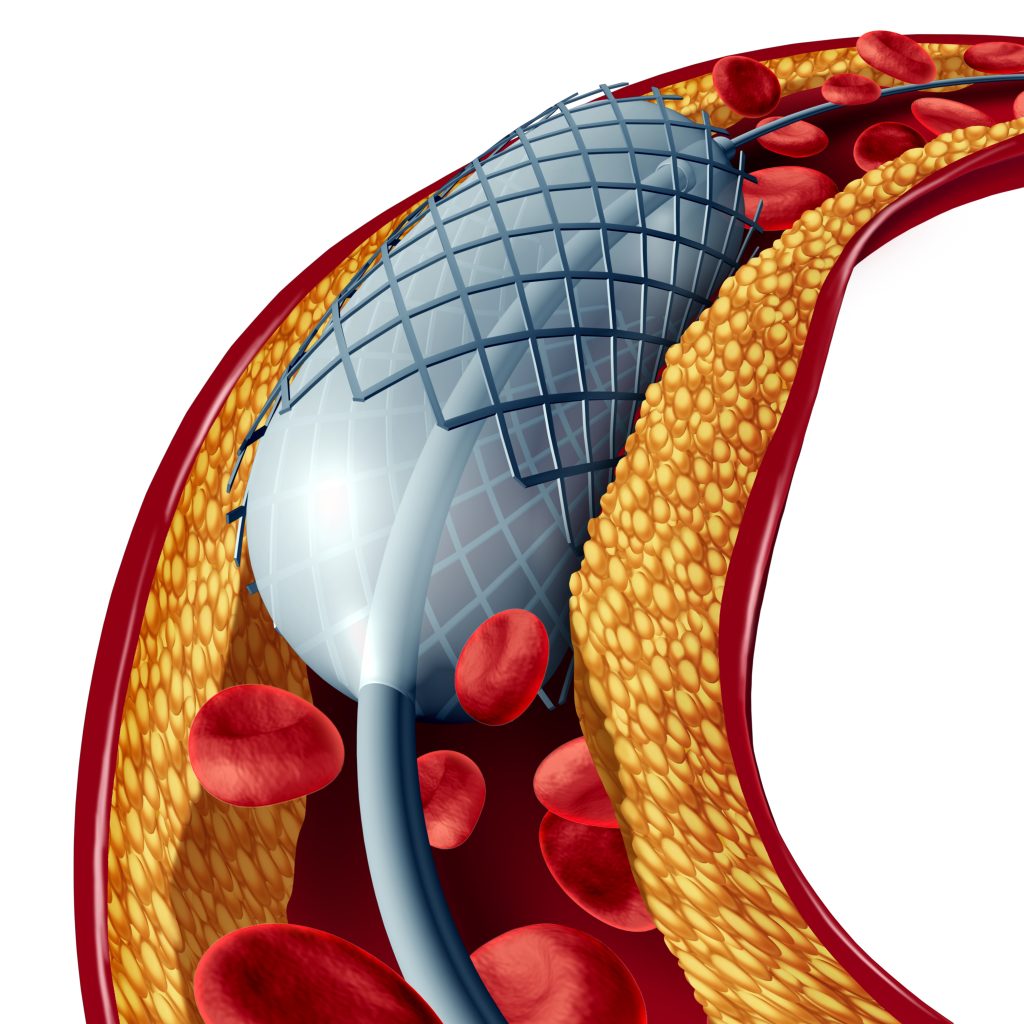
In medical malpractice cases, there are a lot of guidelines or standards of practice to sort through.
So, what is door to balloon time? In treating heart attacks, the first surgical treatment is in the catheterization lab and involves placing a balloon into your artery to expand the blockage and place a stent or metal tube in the artery to hold it open. The most recent guidelines hold that less than 120 minutes should elapse from the minute you walk in to an Emergency Department with chest pain to not only being in the operating theatre, but actually having a catheter opening up your occluded artery. Cardiologists have determined that the 120 minute mark is generally too long and the goal is to reduce that, but that number applies particularly if you have to be transferred to a hospital with a catheterization lab for stent placement.
The standard of care is the only real question that matters in med mal cases. The standard is generally not written down anywhere, except for these guideline and even then the guidelines are subject to discussion. In those areas in which guidelines exist, they are helpful for setting the table or the playing field for the lawyers involved. ACOG (the American College of Gynecology), the American Heart Association or the ACC or other similar organizations often try to standardize what they expect of their providers. It allows for some uniformity across what is a very large country geographically with a variety of hospitals and many rural or poorer cities in the mix.
So, theoretically, you should receive the same level of care wherever you are in the United States, but that is rarely true. More rural hospitals will not necessarily have a fully staffed cath lab waiting for you to come in with your heart attack so you will need to be transferred.
It is a little unusual in medical malpractice cases to see a firm number like 120 minutes but not unheard of. Jury instructions in medical malpractice cases and defense lawyers take pains to point out that every patient is different and that medicine is part science and part art or practice. So, it is very hard sometimes to pin down what exactly the standard of care is and what was done right or wrong. What I can tell you is that you will not see a lot of malpractice cases brought unless there was what appears to be clear error.
